Here, days do not slowly lose their glow. Instead, darkness falls suddenly and unexpectedly in the late afternoon, bathing the sky in a golden glow and enveloping the islands in a soothing silence, broken only by the whispers of the ocean. Arriving in Polynesia feels like stepping into another world—a place where nature flourishes fully, and life noticeably slows.
I spent nearly a month in Polynesia, visiting several islands. I traveled by plane and ferry, rented a car, and stayed in various accommodations, from luxurious overwater bungalows to family-run guesthouses and budget hostels. This allowed me to experience the many faces of this beautiful corner of the world and gather valuable insights to share with you today.
In this post, you’ll find practical tips on how to comfortably, responsibly, and independently organize a trip to Polynesia: how to get around, what to remember before departure, current prices, what to pack, and what might surprise you. I’ll also share advice on where to find the best accommodations, where to stay, what to try and where to eat local specialties, which excursions to choose, and how to rent a car. In short, you’ll learn how to bring back unique memories without breaking the bank.
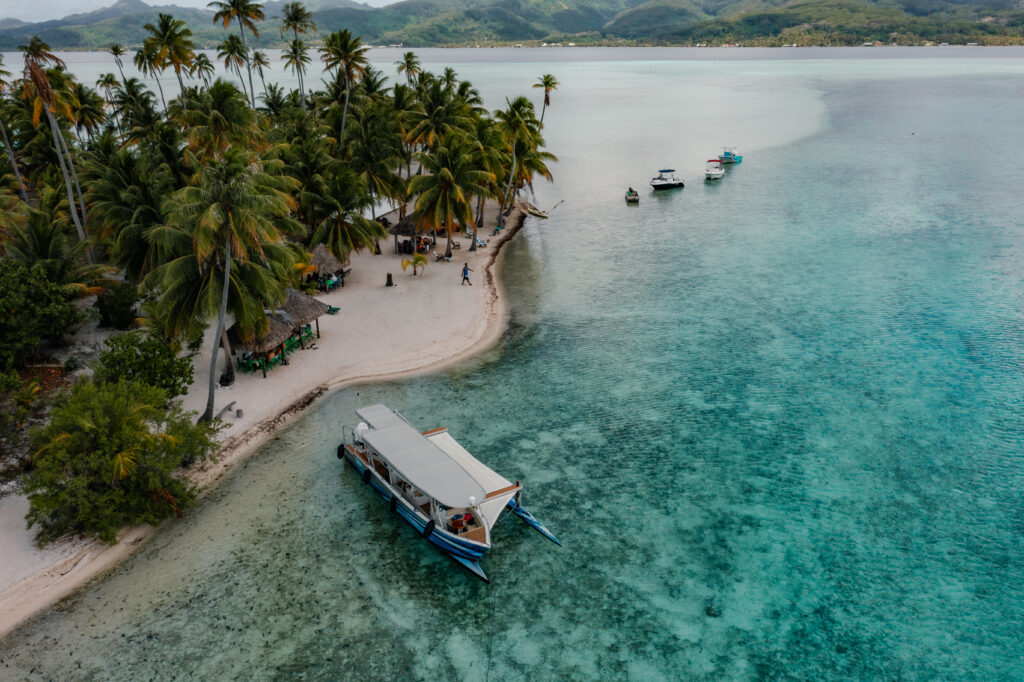
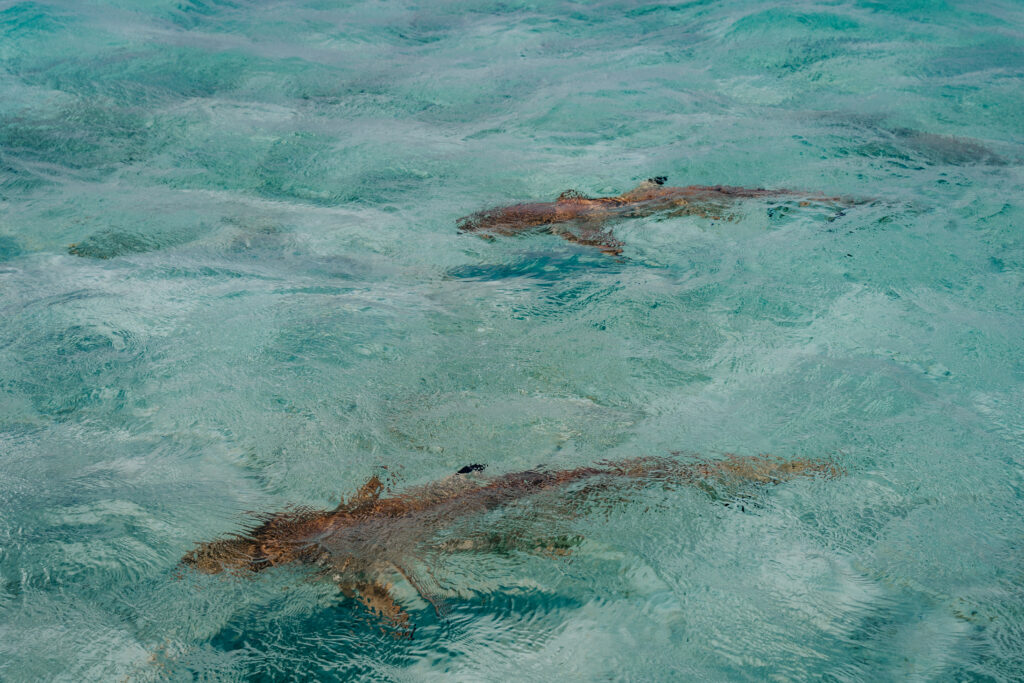
Though Polynesia is distant, the journey can be organized relatively smoothly. Despite this being the longest trip I’ve ever taken, I managed it quite well. The best route is a flight from Paris to Papeete, the capital of Tahiti, with a layover in Los Angeles. There are no direct flights from Poland to Tahiti.
You can choose from several airlines for flights to French Polynesia, including Air France, United, French Bee, and Air Tahiti Nui.
Remember to apply in advance for the ESTA visa needed for the U.S. layover—a formality you can handle online in about half an hour.
Ticket prices range around 5,000-7,000 PLN (1000-2000 EUR) for a round trip, though they may vary depending on season and availability.
Let me illustrate the journey with my return trip (as on the way there, I took a longer stopover in Paris and spent several days in Los Angeles). Reversing this route works just as well for planning a trip from Poland to Polynesia.
My route:
Papeete -> Los Angeles (Air France) (8 h)
Los Angeles -> Paris (Air France) (12 h)
Paris -> Warsaw (Air France)
Warsaw -> Kraków (LOT)
Flights from Paris with a layover in Los Angeles or San Francisco are the most convenient for traveling to French Polynesia from Europe. All international flights land in Papeete, the capital of French Polynesia, located on the island of Tahiti.
You can purchase a single ticket from Paris to Papeete, but it will always be a combined ticket with a layover, often marked as a "technical stop" during booking. If your layover is in the USA, remember to have a valid ESTA visa (obtaining one takes about 30 minutes).

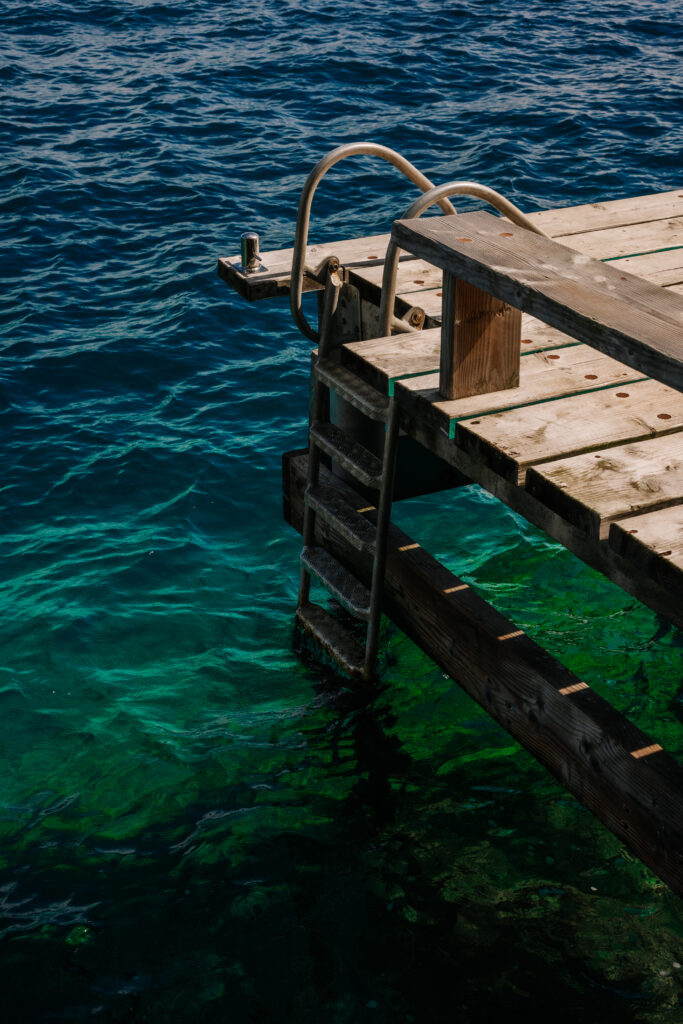
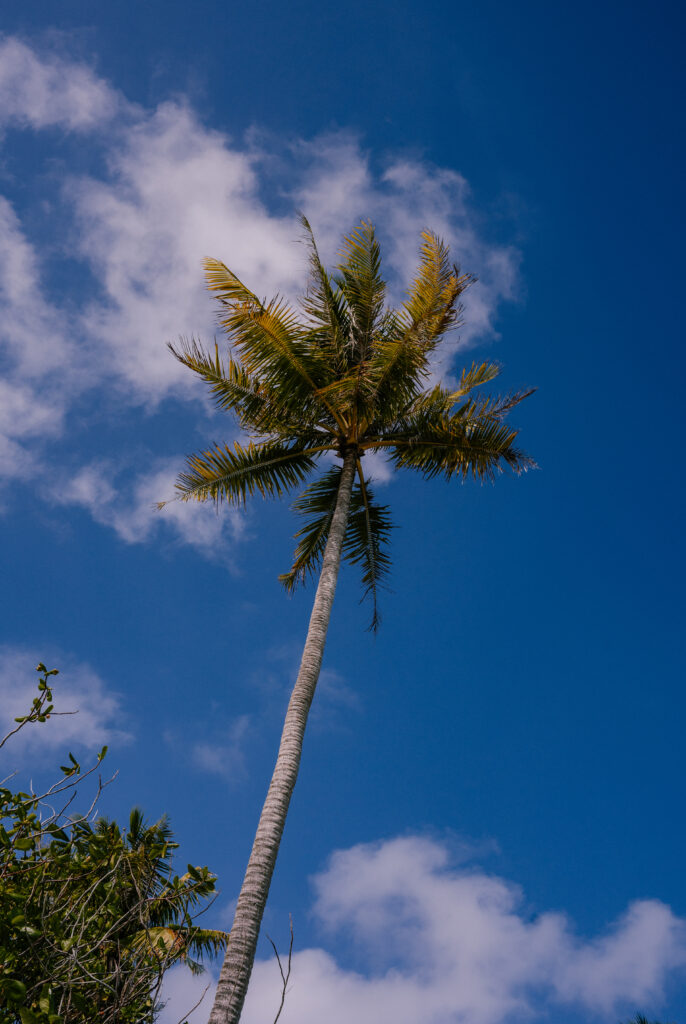
French Polynesia is an archipelago of 118 islands connected by flights (Air Tahiti and Air Moana) and ferries (Aremiti, Terevau, Apetahi Express, and VAEARA’I).
The most popular way to travel between the islands is by plane. You can choose between two airlines: Air Tahiti and the slightly cheaper Air Moana. During peak season, I paid around 70-120 euros per flight. Air Tahiti also offers an airpass covering multiple islands, a great option if you’re planning intensive exploration—it’s convenient and cost-effective but limits you to one airline.
Example flight prices between islands:
Papeete -> Raiatea 127€
Raiatea -> Bora Bora 80€
Moorea -> Raiatea 125€
Raiatea -> Huahine 50€
Papeete -> Rangiroa 159€
An alternative is the Apetahi Express ferry, which operates between the islands of Bora Bora, Huahine, Maupiti, Raiatea, Taha'a, and Tahiti. However, keep in mind that due to bad weather and strong winds, ferries may not operate for up to two weeks (and sometimes due to technical issues).
On the islands, you can get around by:
Public transportation is only available on Tahiti. I saw one public bus on Moorea, but it seemed more like a ghost bus, with little information available. On smaller islands, there is no public transportation, and your options are boats, car rentals, or taxis.
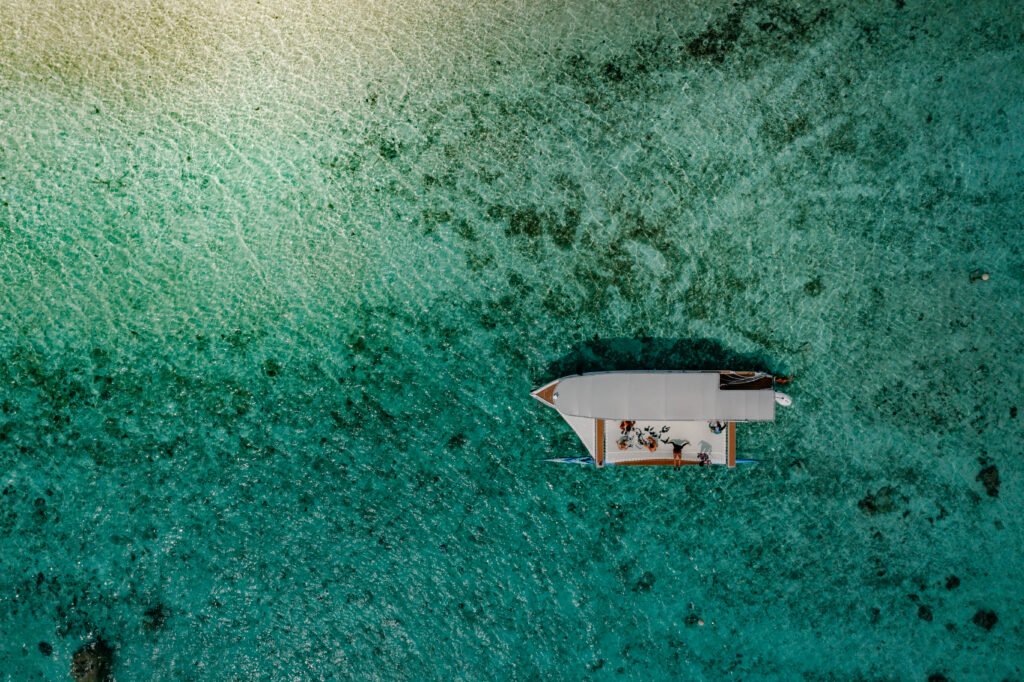
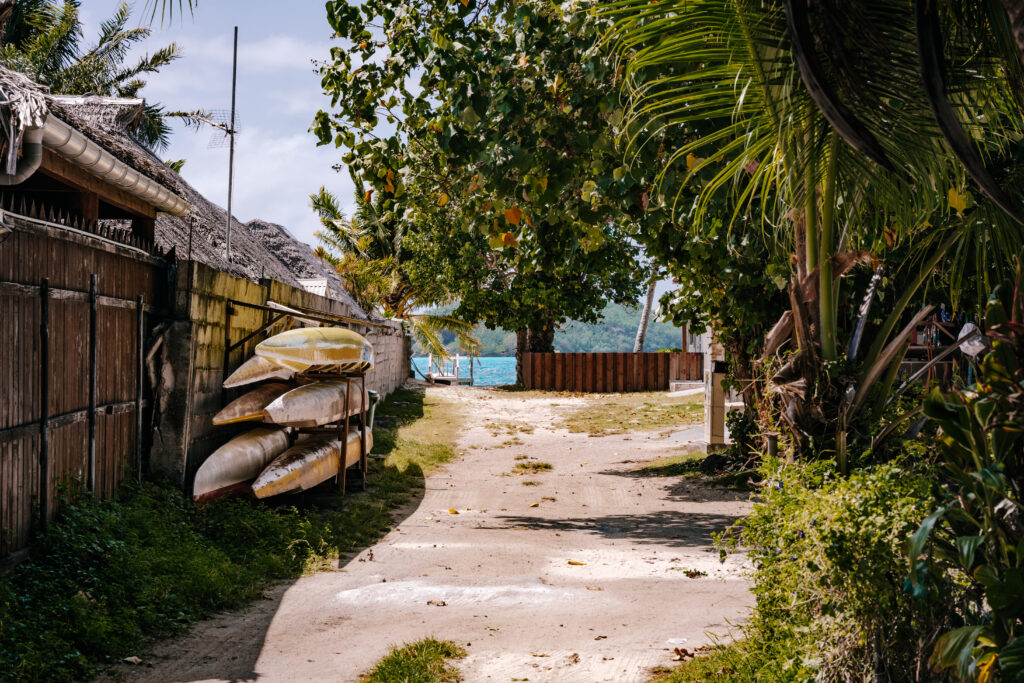
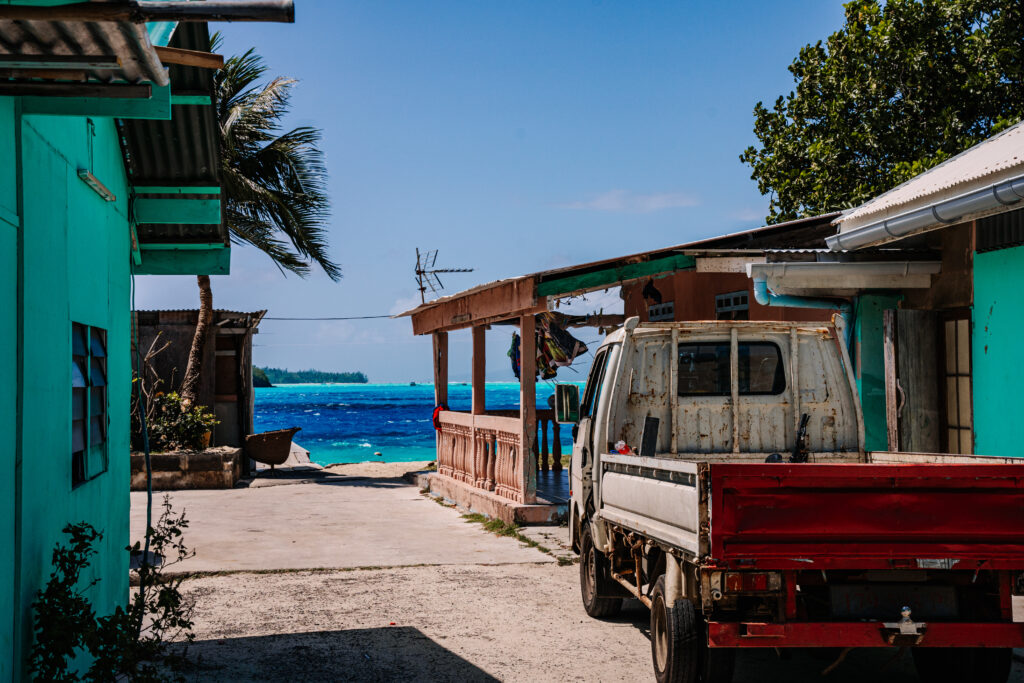
The best time to visit Polynesia is during the dry season, from April to October. For ideal weather, visit between June and October. Temperatures are milder and perfect for outdoor activities like snorkeling and trekking, with lower humidity. The peak season runs from July to September, meaning crowded hotels and higher prices. The wet season, from November to March, brings heavy rainfall and high humidity, but still warm temperatures. Nature thrives during this time, and lush greenery is at its peak. Snorkeling is best planned at the end of the dry season when the water is clear and transparent. Additionally, note that the dry season often experiences strong winds, which can make boat tours less pleasant.
If you want to see whales, from July to November, females travel from Antarctica to the warm waters of Polynesia to mate and later give birth. During this period, you can observe these majestic, intelligent mammals, which are considered sacred by many Polynesians.
I highly recommend Moorea Moana Tours; they are professional, and the owner has founded a shark conservation fund, which supports research and public education on marine life.
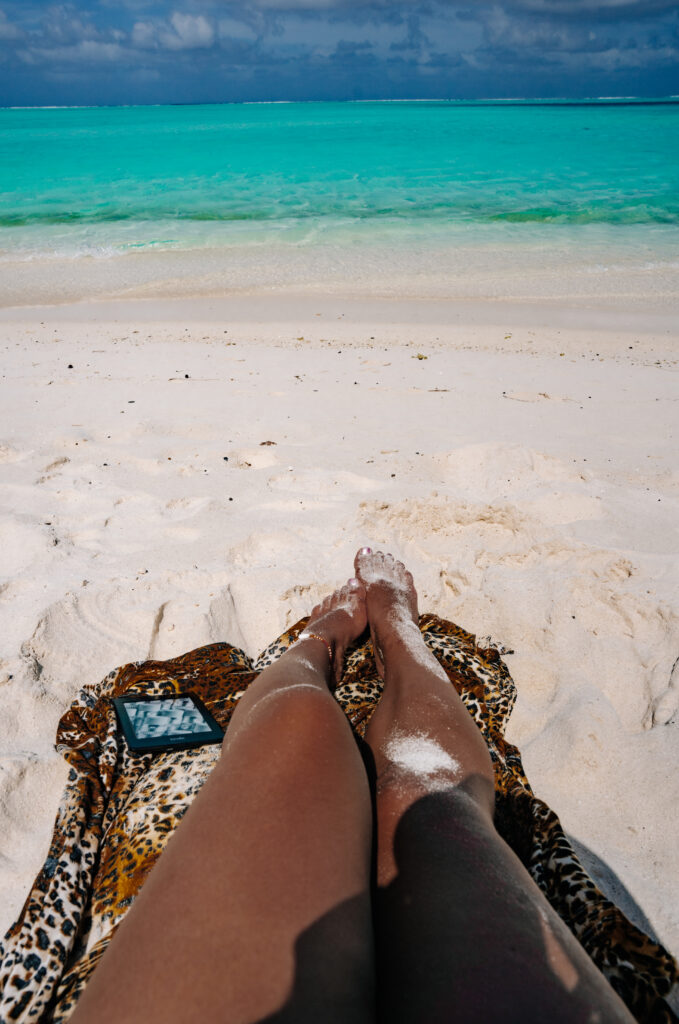
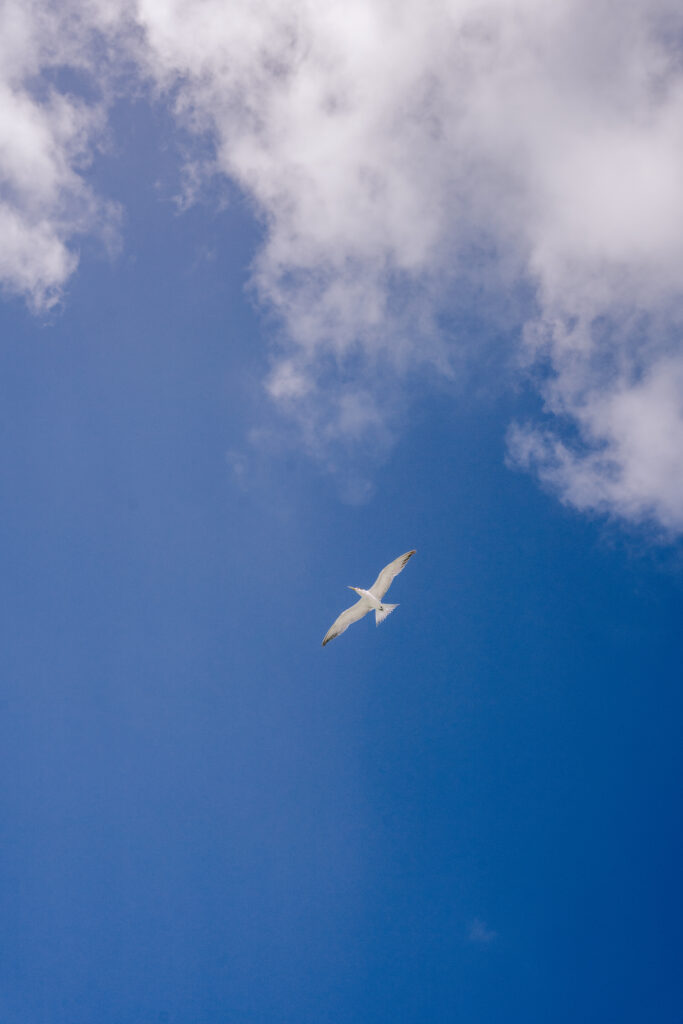
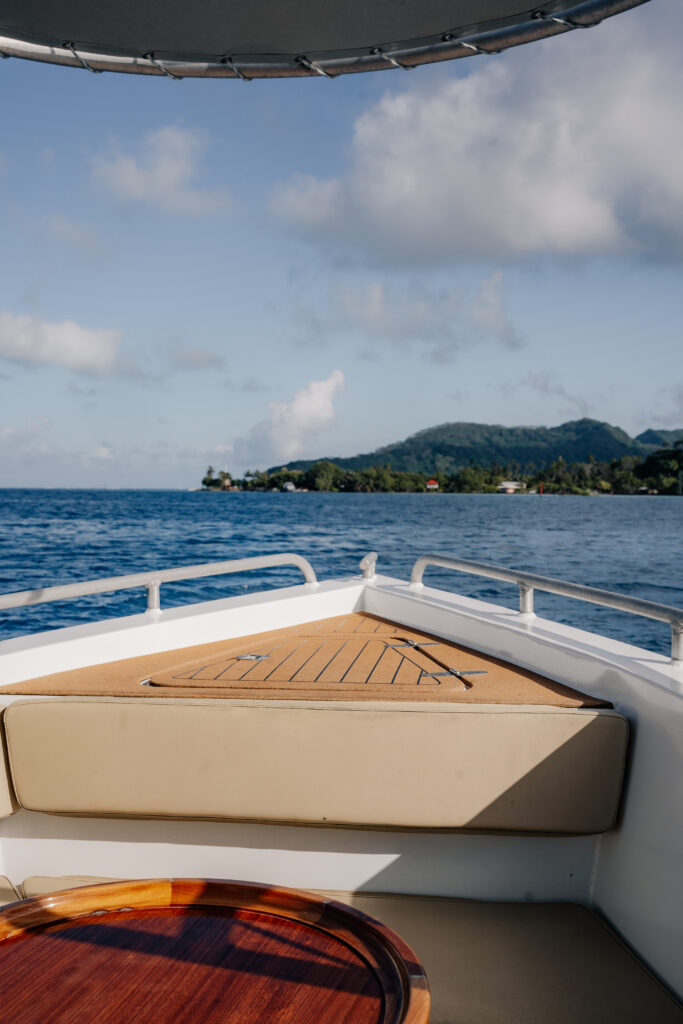
On larger islands like Moorea, renting a car is the most convenient option. Prices start around 90 EUR per day in high season, plus fuel costs of about 1.60-1.70 EUR per liter. For example, renting a car for a week in Papeete through Hertz costs approximately 360 EUR. On smaller islands with limited infrastructure, taxis may be more practical. Rates are set by local authorities, making taxis cost-effective, especially for two travelers.
It's wise to reserve a car before arriving, particularly during high season. If you’re traveling from Tahiti to Moorea, you can either rent a car directly on Moorea or rent one in Papeete, Tahiti, and take it on the ferry. The ferry from Papeete to Moorea costs about 11 EUR per person, with car transport fees starting around 41 EUR (prices vary by car length; more information here).
Rental companies are available on nearly every island at airports and ferry terminals. Major companies like Hertz, Avis, and Europcar operate alongside smaller, family-owned agencies that often offer lower prices. Many smaller companies also operate as franchises under larger brands.
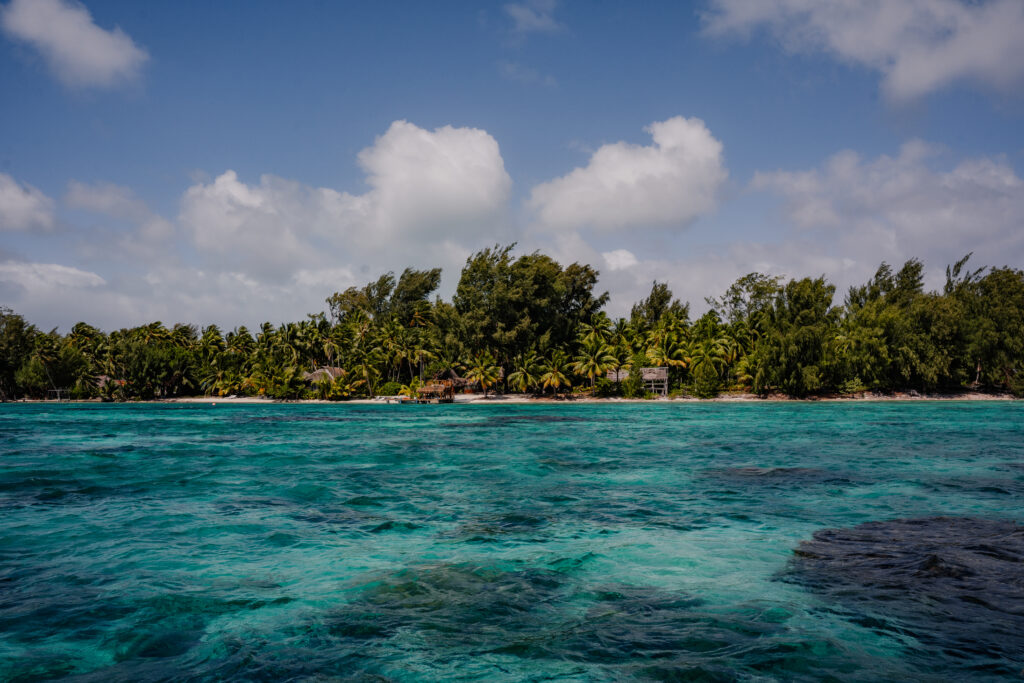
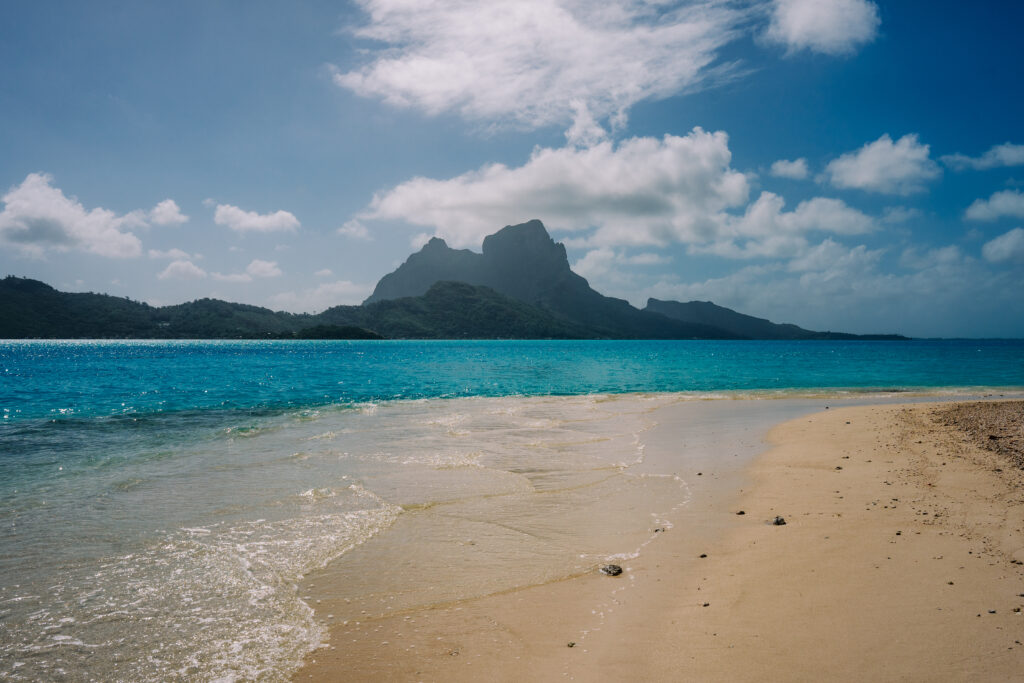
The answer is simple and yes, it is expensive.
French Polynesia is undoubtedly expensive. Stores, excursions, hotels, restaurants, and car rentals are costly, with flights and ferries (to a lesser extent) adding to the expenses. Here are some typical costs:
Renting a kayak at Plage des Tipaniers on Moorea costs about 1000 CFP (8 EUR) per hour for a single kayak and 1500 CFP (12 EUR) for a double. Paddleboards are also available for 12 EUR per hour, and GoPro rentals cost around 29 EUR.
Food prices can be surprising too. A meal at a mid-range restaurant starts at about 18-23 EUR per person, with drinks around 11 EUR. Even grocery shopping is pricey, with basics like bread, coffee, and fruit costing roughly double what they do in Poland. Small stores and supermarkets are generally more expensive due to imported goods; for decades, growing produce was limited due to nuclear testing in the 1960s and 70s.
Food trucks, or roulottes, are worth a try; here you can get fish panini for around 600-800 CFP (5-7 EUR) or a fish burger for a similar price.
Tours can be expensive but are well worth the investment. For spotting stingrays, whales, and small islands, a guided boat trip is ideal, as captains know the best spots to find marine life. Guides are skilled in locating rays, mantas, sharks, and turtles and are especially knowledgeable about whale behavior, knowing where to go to encounter these majestic creatures.
Tour prices start at around 8000 CFP (70 EUR) and 10000 CFP (90 EUR), with private or exclusive tours reaching up to 400-600 EUR for a full day on the ocean. On Moorea, I paid approximately 100 EUR for a whale-watching tour, 170 EUR for another, and about 110 EUR for a full-day motu tour on Taha’a (similar to prices on Bora Bora).

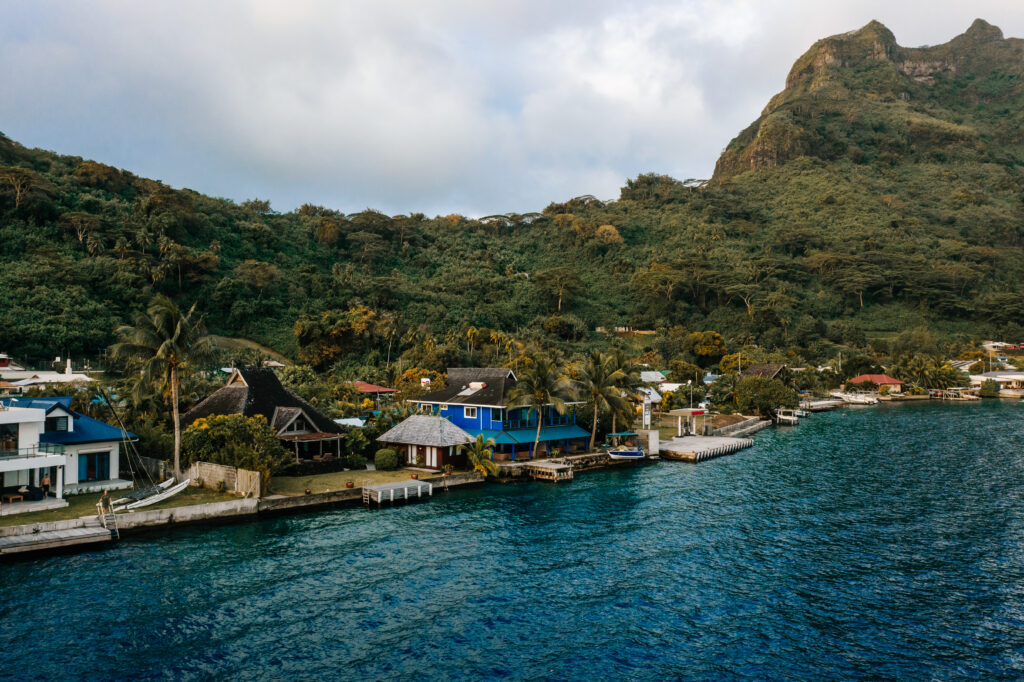
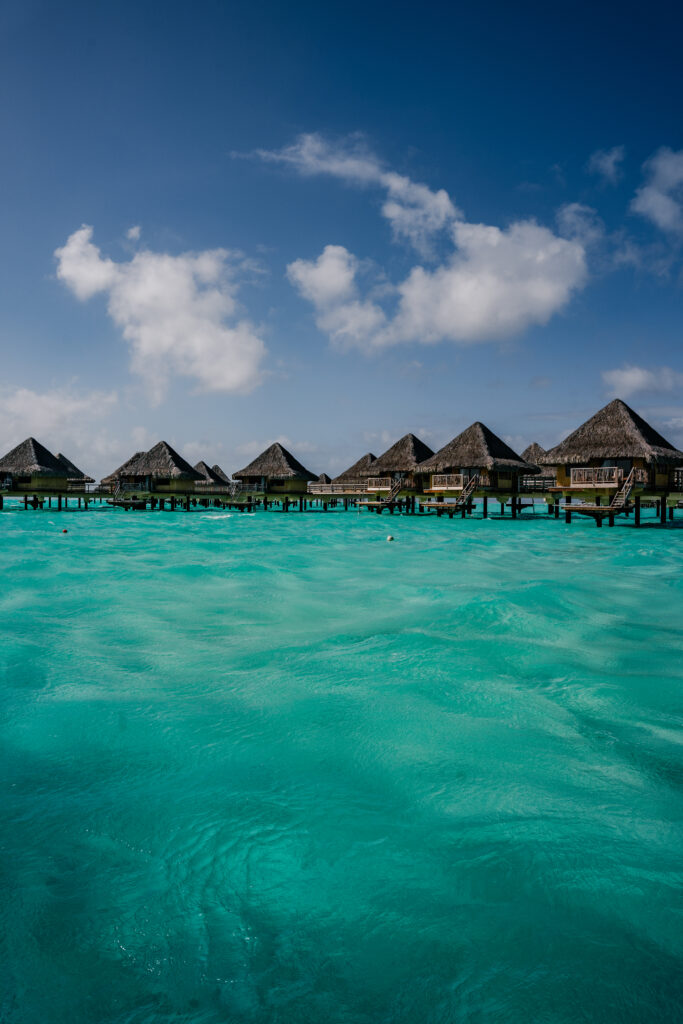
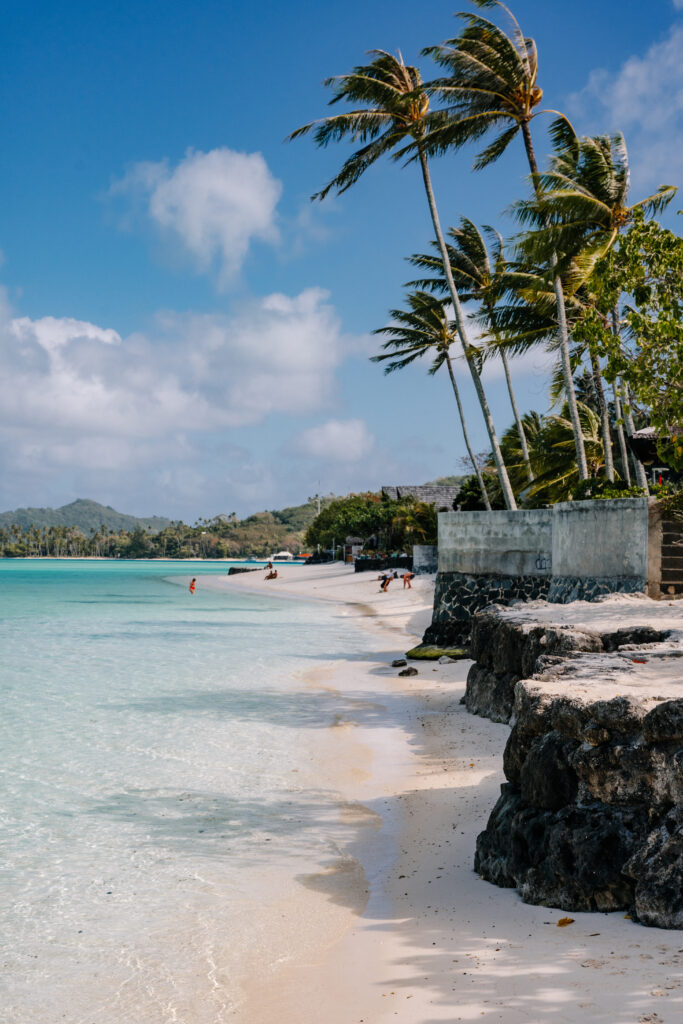
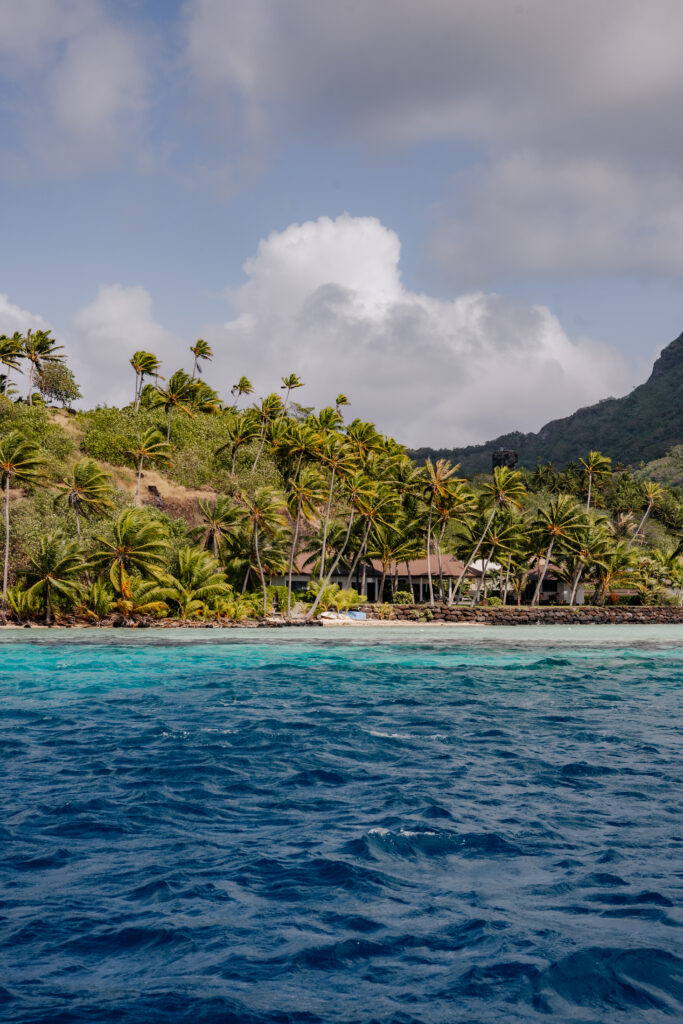


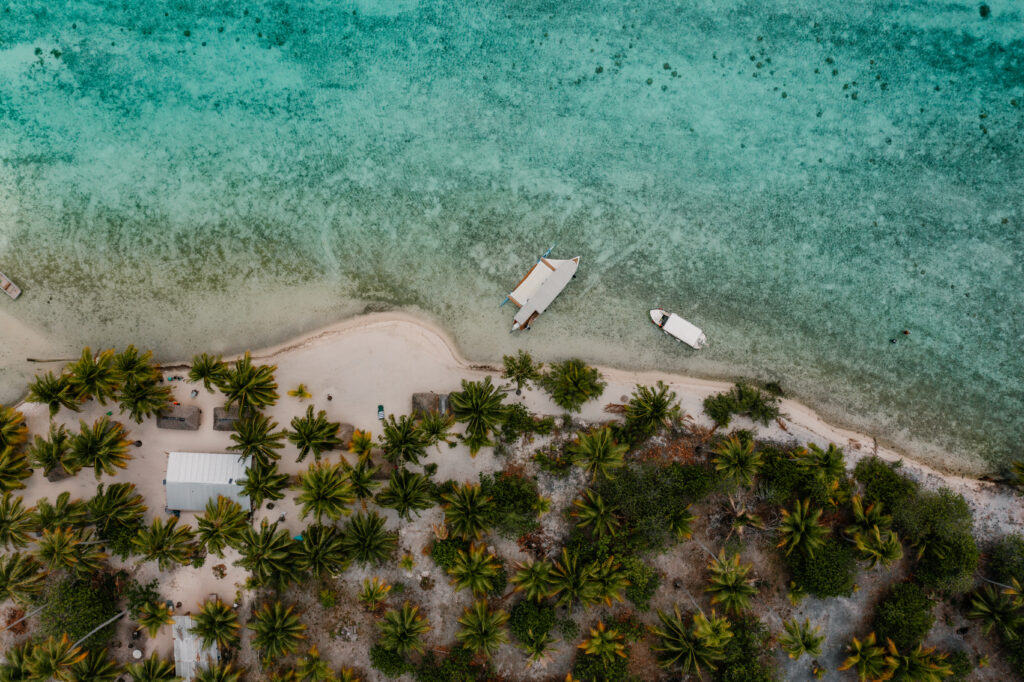
Before traveling to French Polynesia, here are a few things that will make your stay more comfortable and safe:
1. Vaccinations and Health
• While there are no mandatory vaccinations, ensure your vaccines for hepatitis A and B, tetanus, diphtheria, and typhoid are up to date.
• Bring mosquito repellent since French Polynesia, though malaria-free, has mosquitoes that can carry diseases like dengue.
• If you plan to dive or do water sports, note that advanced medical care is limited on some islands. Research nearby medical facilities and buy insurance covering all planned activities, including water sports.
2. Flying between islands
• French Polynesia is vast, with distances between islands. If you plan to visit multiple islands, book inter-island flights or ferry seats in advance. (I didn’t pre-book, and although it was peak season, there were almost always seats on ferries and flights.)
• Air Tahiti is the main airline for inter-island flights, offering island-hopping packages that can be cost-effective.
3. Currency & money
• The currency is the CFP franc (XPF). In larger cities like Papeete, ATMs and credit cards are widely accepted, but it’s wise to carry cash on smaller islands.
• Smaller islands may have limited ATM access, so bring cash before heading to less-touristed spots. Moorea had only two ATMs, one of which was down for a week.
4. SPF protection
• The tropical climate brings intense UV radiation. Bring strong sunscreen (SPF 50+ recommended) and light, long-sleeved clothing. Sunscreens on the islands can be expensive, so consider packing these from home.
• Opt for reef-safe sunscreens, as many standard products harm the marine environment.
5. Internet
• Internet can be costly and slow, especially on smaller islands. Most hotels offer Wi-Fi, though it may be limited. If constant internet is essential, consider a local SIM card or an eSim card via the Airalo app – I used this option, which was far more convenient than swapping a physical SIM.
• Keep in mind that remote islands often have poor phone reception.
7. Respect the Environment
• To protect the natural environment, refrain from taking shells, corals, or other natural items. Respect the marine ecosystem and avoid touching coral reefs when diving.
8. ESTA Visa (for travelers from visa-free countries to the US)
• If you’re flying to French Polynesia via the US, an ESTA (Electronic System for Travel Authorization) is required, even for airport transfers.
• ESTA can be obtained online, is valid for two years (or until your passport expires), costs around 14 EUR, and the process is simple, but you should apply at least 72 hours before departure.
• Keep a printed or saved copy of your ESTA confirmation in case of checks at the airport.
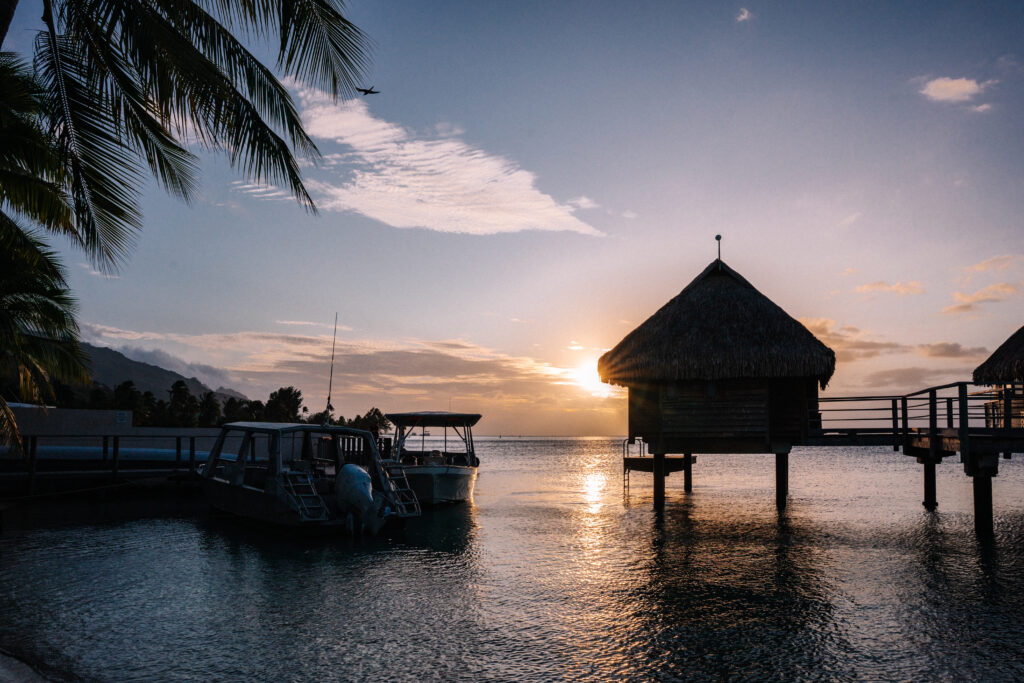
Accommodations in French Polynesia are diverse. You can choose from luxurious overwater bungalows, cozy family guesthouses, or even hostels and campgrounds. For example, the price of a room in a family-run guesthouse is around 80-100 euros per night, while a luxurious bungalow costs from 300 to even 2000 euros. It’s worth booking in advance, especially during peak season, and also considering booking directly through the accommodation’s website, which sometimes offers savings of up to 20% compared to popular apps like Booking. Hostels and campgrounds are cheaper – I paid around 30 EUR for a bed in a dormitory in a Papeete hostel. It’s also a good idea to search for places on Google Maps and contact them directly by phone or email – this can help you find small local gems and family-run spots that aren’t listed on larger booking platforms yet.

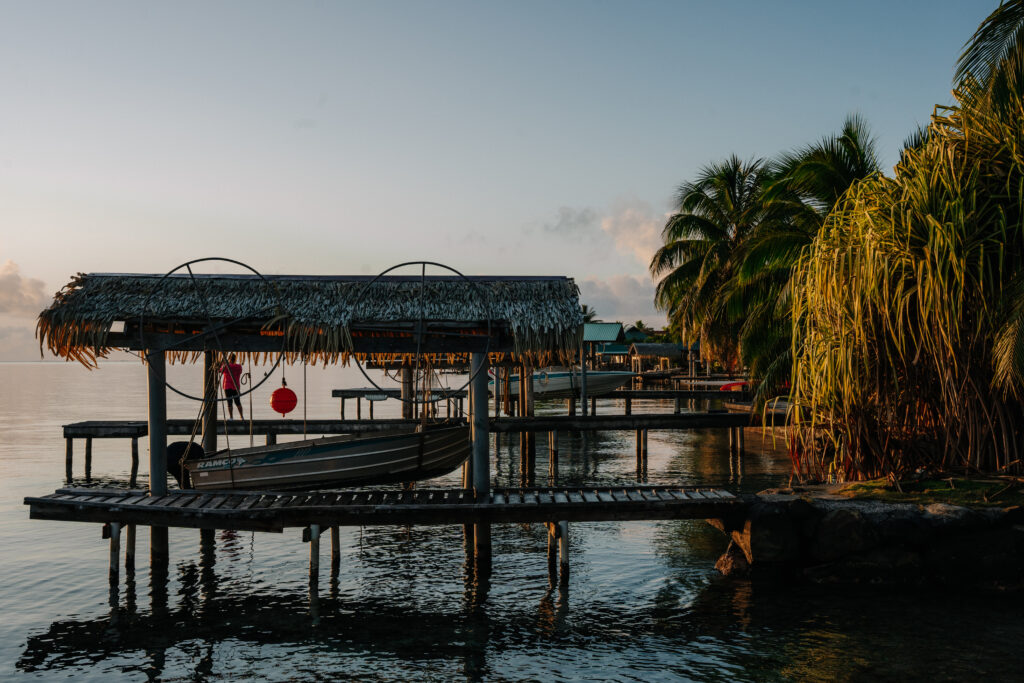
French Polynesia offers accommodations for every type of traveler – from luxurious overwater bungalows to intimate guesthouses and hostels. Bungalows are the most iconic option, especially on islands like Bora Bora and Moorea, but prices start at 300 euros per night and can reach up to 2000 euros for the most exclusive properties, such as the St. Regis. For those seeking something more affordable, family-run guesthouses (chambres d’hôtes) are available, with rooms costing around 80-100 euros. Hostels are a budget option – accommodation in Papeete can start from 30 euros, and renting a spot on a campground can be even cheaper, though this is a more common option on larger islands. It’s a good idea to book accommodations early, especially in the tourist season, and check prices directly on accommodation websites where discounts of up to 20% can often be found compared to booking platforms.
You can find a review and experience of staying in the exceptional overwater cottages at MANAVA here, and the beautiful beachfront hotel NIU here NIU here.
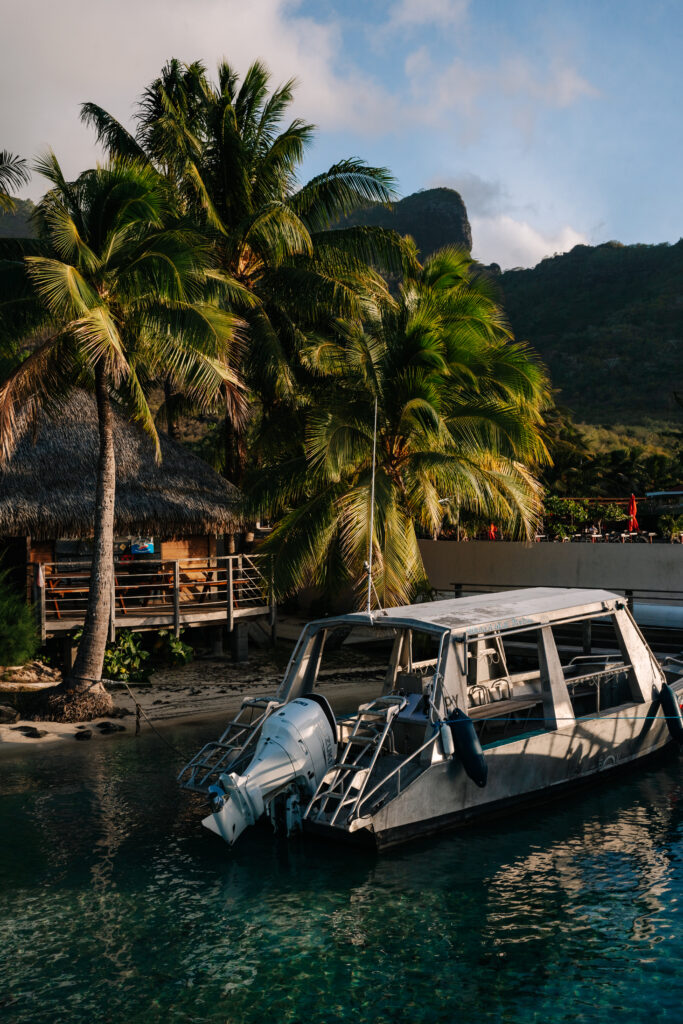
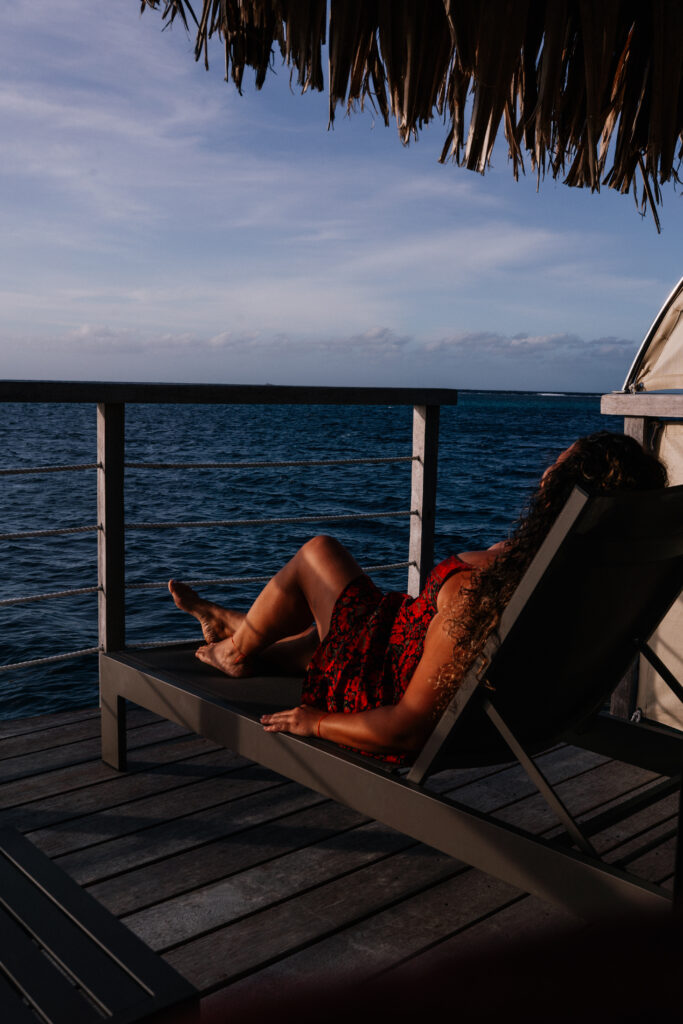

If you dream of visiting French Polynesia but want to save a little, there are a few ways to travel on a smaller budget. Here are some tips on how to save smartly without sacrificing comfort or unforgettable experiences:
When staying in family-run guesthouses or beachside cottages with access to a kitchen, you can cook your own meals and limit restaurant visits to one meal per day. Also, buy fresh fruit from affordable local stalls! It’s best to try local specialties at street markets – ask your hotel or guesthouse when and where the next food market will be in the area.
Instead of spending the whole stay in overwater bungalows, book something cheaper for part of your trip – many places offer beautiful free public beaches, like on Bora Bora.
Consider renting a car on larger islands, but on smaller islands, opt for taxis or a bicycle. If you're traveling with one other person, sometimes renting a car can be more cost-effective than taking taxis. On smaller islands, a car might not even be necessary.
Compare prices for tours and transport – sometimes flights can be cheaper than ferries (ferry + taxi), and thorough research can help you find the best deals. When comparing tour prices, remember that it might be worth paying an extra 100 euros for a much better experience.
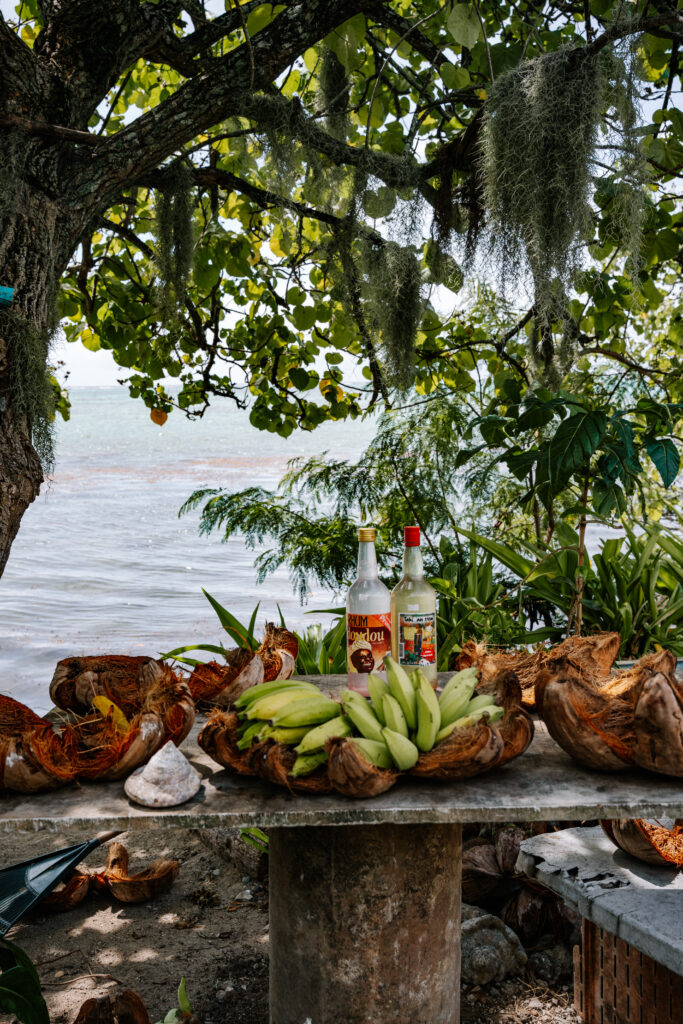

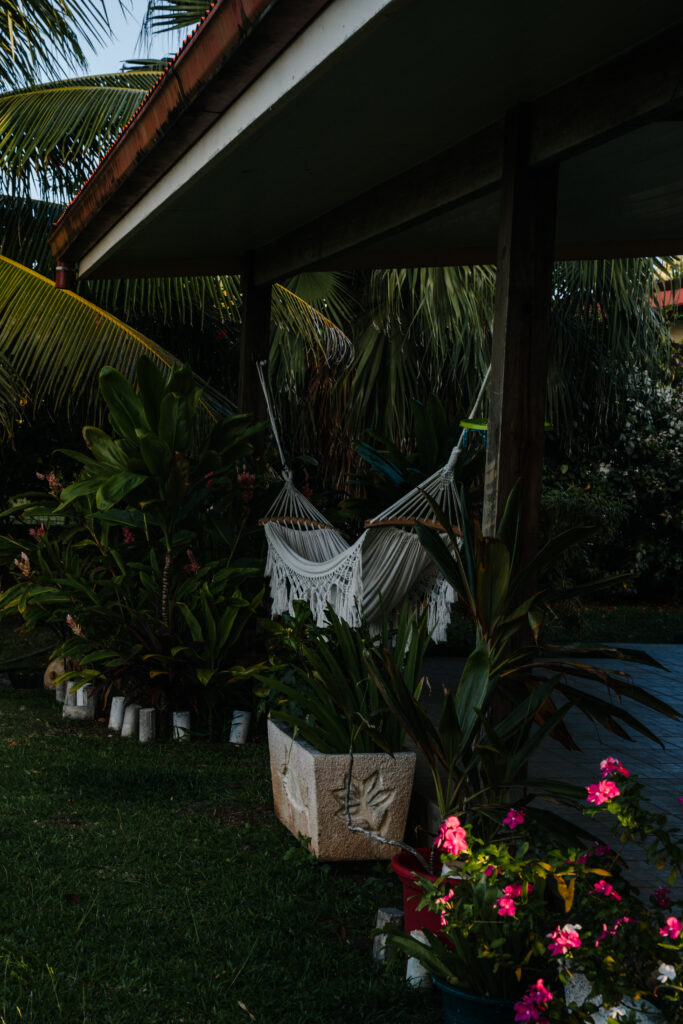
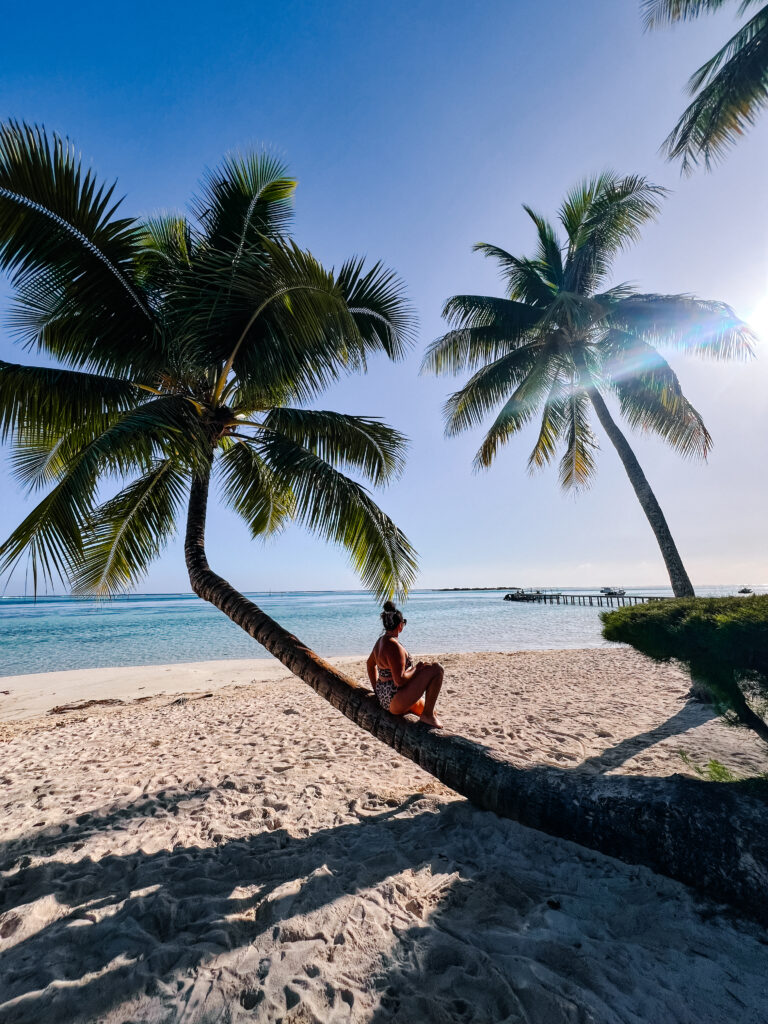
Check my Instagram for more travel inspirations